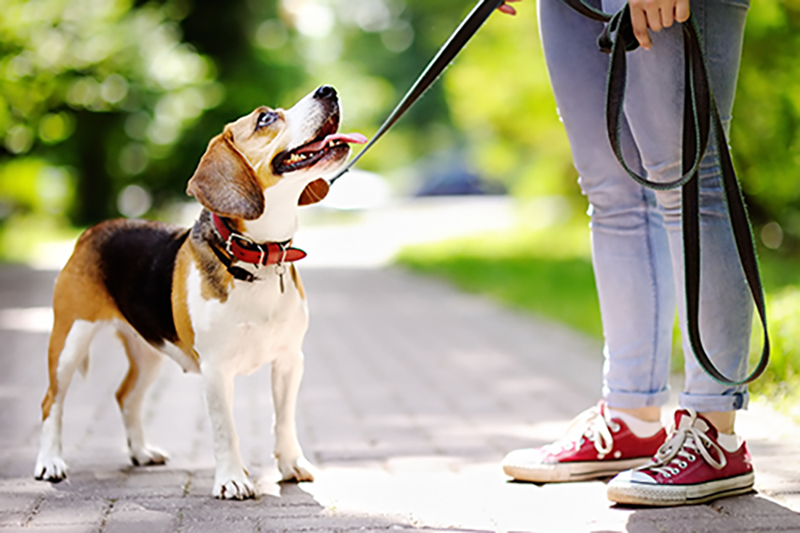Pet ownership comes with joy, love, and responsibility. One of the most important responsibilities—often overlooked or taken lightly—is adhering to local leash laws. These regulations aren’t just bureaucratic red tape; they are vital for ensuring pet safety, protecting public spaces, and fostering peaceful coexistence among animals and humans.
In this article, we’ll explore why leash laws matter, what pet owners need to know, and how following these rules directly impacts the well-being of pets, people, and communities.
What Are Leash Laws?
Leash laws are local or municipal regulations that require dogs to be on a leash when in public places. These laws vary by country, state, and city, but most have a common goal: ensuring that pets are under control at all times outside of private property.
Key elements of typical leash laws include:
- Dogs must be leashed in public areas (e.g., streets, parks, sidewalks)
- Maximum leash length (often between 6–10 feet)
- Penalties for violations (fines, citations, or even court appearances)
- Exceptions for designated off-leash areas (e.g., dog parks)
Why Leash Laws Matter
1. Ensuring Pet Safety
One of the most important reasons leash laws exist is to protect pets from danger. A dog that runs into traffic, chases another animal, or wanders into an unfamiliar neighborhood could easily get injured, lost, or worse.
Leash laws help prevent:
- Traffic accidents involving dogs
- Dog fights
- Poison ingestion or exposure to harmful substances
- Lost pets who can’t find their way back
By keeping your dog on a leash, you create a physical barrier between them and these dangers, significantly increasing their safety.
2. Protecting Other People and Pets
Even the friendliest dog can behave unpredictably in new environments or when startled. Leash laws protect other pets, people, and especially children from unwanted interactions or accidental injuries.
Benefits include:
- Preventing dog-on-dog aggression
- Avoiding dog bites or jumps on strangers
- Respecting boundaries of others who may fear dogs
- Reducing legal liability for pet owners
Responsible pet owners understand that not everyone is comfortable around dogs and that controlling your pet in public is a basic act of consideration.
3. Reducing Legal and Financial Risks
Violating leash laws can result in legal and financial consequences. Depending on the severity of the situation, you could face:
- Fines ranging from $50 to several hundred dollars
- Civil liability for damages or injuries
- Seizure or quarantine of your pet in serious incidents
- In some cases, criminal charges (e.g., for attacks)
By simply leashing your dog and adhering to local regulations, you avoid these unnecessary risks.
4. Supporting Community Harmony
Public spaces are meant to be shared. Unleashed dogs, no matter how well-trained, can cause tension among neighbors, park-goers, joggers, and other animals. When dogs are properly leashed, everyone can enjoy shared spaces peacefully.
Leash laws also prevent:
- Dogs from damaging gardens, sports fields, or protected wildlife areas
- Conflicts between dog owners and non-dog owners
- Dogs from startling cyclists, runners, or children
This supports a more respectful and safer environment for everyone.
What Pet Owners Need to Know
Being a responsible pet owner means being informed. Here’s how you can stay compliant and ensure pet safety:
Know Your Local Laws
Leash regulations differ from city to city. Check your municipal website or local animal control office for:
- Leash requirements
- Approved leash types and lengths
- Designated off-leash areas
- Hours of access (some parks allow off-leash only at certain times)
Use the Right Equipment
To comply with leash laws and protect your pet, choose:
- A strong leash (preferably under 6 feet for urban areas)
- A secure collar or harness
- ID tags and microchip for backup identification
Avoid using retractable leashes in high-traffic areas, as they can reduce control and are often non-compliant with local laws.
Train Your Dog for Leash Behavior
A leash law is only effective if your dog is leash-trained. Basic leash training includes:
- Walking calmly without pulling
- Responding to commands like “heel” and “stop”
- Avoiding lunging at other dogs or distractions
Well-trained dogs are less likely to cause incidents and more enjoyable to walk.
Common Myths About Leash Laws
Let’s bust a few common misconceptions:
“My dog is friendly; he doesn’t need a leash.”
Even friendly dogs can be unpredictable. Leash laws aren’t just about your dog’s temperament—they’re about ensuring control in all scenarios.
“Leashes are restrictive and unfair to dogs.”
In reality, leashes provide a sense of structure and guidance for dogs. They also open up more opportunities for exploration when used with training and proper tools (e.g., long-line leashes in open areas).
“I only need a leash if other people are around.”
Many emergencies (like sudden traffic or wildlife encounters) happen when you least expect them. Always use a leash in public spaces, regardless of how “empty” it looks.
Leash Laws and Off-Leash Areas
Many cities have adapted their laws to include off-leash zones, such as dog parks, trails, or beaches. These spaces allow dogs to roam freely under certain conditions.
Tips for off-leash areas:
- Make sure your dog is fully trained for recall
- Supervise your pet at all times
- Follow posted rules and leash up when exiting
- Clean up after your dog to maintain access
Using designated areas keeps everyone happy—and helps preserve leash-free privileges for responsible pet owners.
The Bigger Picture: Leash Laws Save Lives
The statistics are clear:
- Thousands of pets are injured or killed each year due to being off-leash in unsafe environments.
- Dog bites often occur during unprovoked, off-leash incidents.
- Lost dogs are much more likely to be recovered when last seen on-leash with their owner.
Leash laws are not meant to punish or restrict—they are designed to protect pets, their families, and communities. A simple leash can be the difference between a safe walk and a tragic event.
Final Thoughts
For responsible pet owners, following leash laws is a no-brainer. These rules exist to ensure pet safety, prevent conflicts, and promote harmony in public spaces. By leashing your dog, you protect your pet, your neighbors, and yourself.


